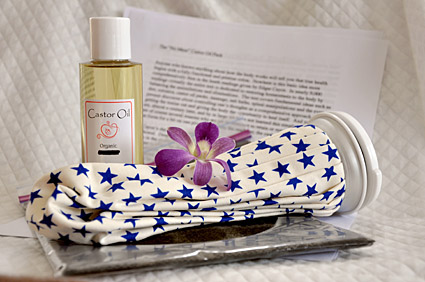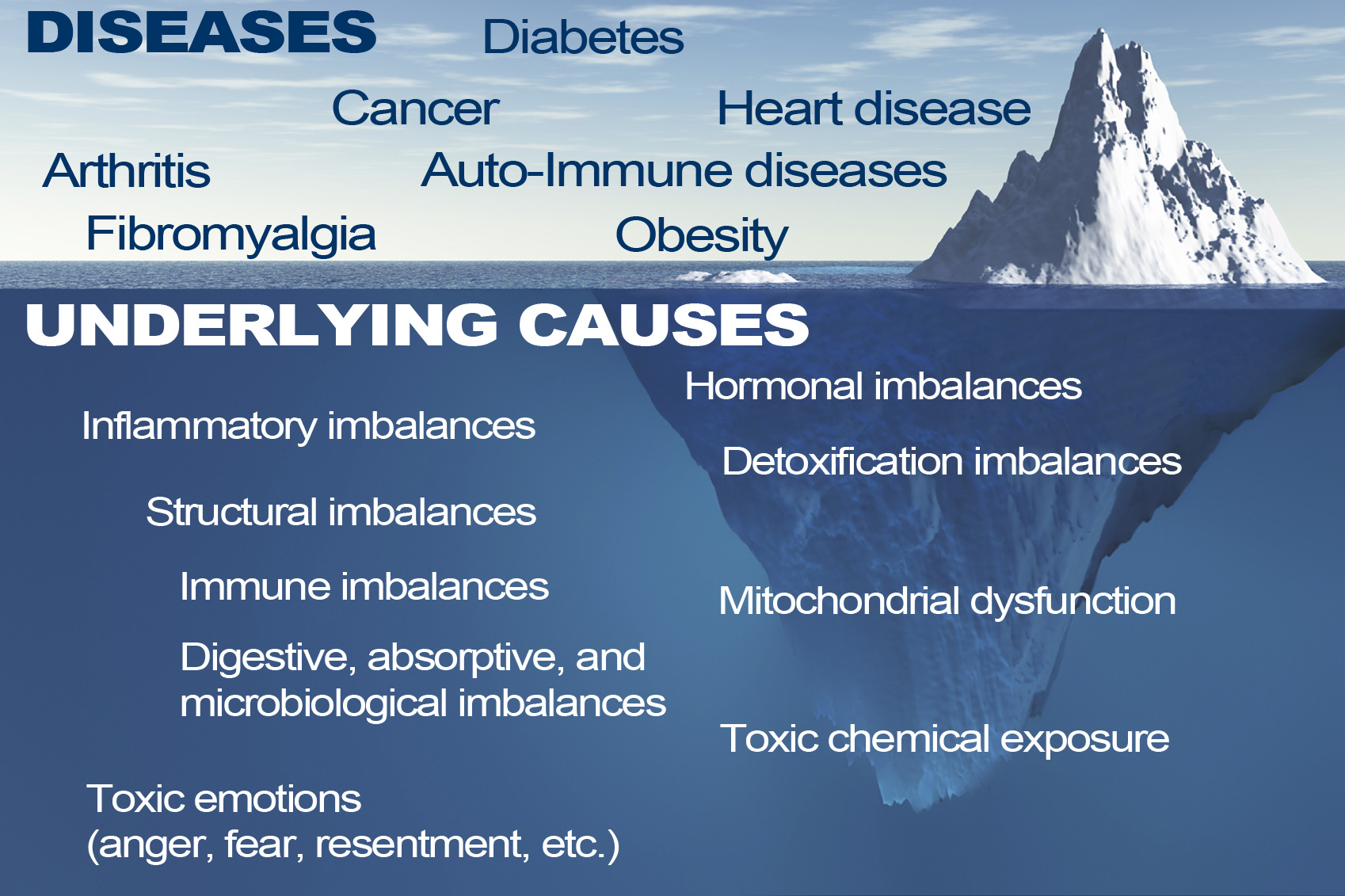Watercress in History, as a Healing Herb as Well as a Food
As early as 400 BC, Hippocrates understood the significant herbal benefits of watercress. In fact, he established the first hospital on the island of Kos in close proximity to a stream where fresh watercress grew in proliferation at the ready for his patients.
Nasturtium officianale (watercress) is thought to have originated in Europe, specifically Russia, before spreading to Northern Africa and to the New World. It arrived in the U.S. with European immigrants, who may have known enough to use it for its high vitamin C content, in lieu of lemons or limes, to avoid getting scurvy.
Evidence indicates the early Greeks and Romans valued watercress for its ability to improve brain function. Europeans in the Middle Ages made a salve from it to treat for sword wounds.
People in the U.S. began consuming watercress as a food source in recent years, while other areas of the world, such as Australia, have benefited from its healing benefits for centuries. According to a website belonging to Herb Cottage in Mudgeeraba, Australia:
” … Watercress soup in Asian cuisine is seen as beneficial for mouth health, protecting against gingivitis, ulcers, swollen gums and general health. Watercress is also viewed as being useful in the recovery period after illness, or colds and flu due to the high vitamin and mineral content.
Watercress has anti-viral, anti-bacterial, anti-pyretic, is a potent diuretic, benefits arthritis sufferers, helps dermatitis and eczema, and has expectorant qualities to help respiratory illness.”1
Besides the Taste, What Makes Eating Watercress Worthwhile?
Scientific evidence indicates that watercress contains more than 15 essential vitamins and minerals. In fact, it imparts more iron than spinach, more calcium than milk, and more vitamin C than oranges.
A list of the medicinal properties of plants and their remedies, including watercress, reveals a number of traditional healing advantages to eating this delicate, green, natural vitamin:
| Respiratory illnesses such as bronchitis |
Cuts and puncture wounds |
Boils and abscesses |
| Vitamin deficiencies |
Coughs |
Colds |
| Gallstones |
Metabolic diseases |
Liver disease |
| Fluid retention |
Anorexia |
Mouth ulcers |
| Diabetes |
Obesity |
|
An epic study at a New Jersey university reviewed a wide assortment of fruits and vegetables to determine their nutritional value for classification purposes, but also their ability to reduce chronic disease such as cancer.
These foods were referred to as “PFV” — aka “powerhouse fruits and vegetables” — based on the content of each in regard to 17 nutrients deemed to be most important. Those nutrients were: potassium, fiber, protein, calcium, iron, thiamin, riboflavin, niacin, folate, zinc, and vitamins A, B6, B12, C, D, E, and K.
Regarding that last one, watercress brings an astonishing 106 percent of the Vitamin K you need in a single day. What that means for you is that if you have any tendency toward developing cardiovascular disease, eating this veggie can go a long way toward preventing it.
Even if you already suffer from this illness, consuming healthy amounts of watercress can reverse some of the damage.
Watercress as a Cancer Fighter?
Incidentally, it’s always best to get the benefits of these vitamins by eating the foods that contain it, rather than opting for supplements that are a far cry from actual live, vibrant nutrients.
Vegetables such as cabbage, broccoli and Brussels sprouts are also crucifers, which are well known in the scientific community as cancer killers; scientists surmised the same abilities may be present in watercress, as well.
Those benefits were found to be linked with the fact that increased carotenoid concentration intensifies the body’s protection against DNA damage, as well as the concentration of antioxidants in your blood.
Read on for more clinical studies revealing many of the nutritional aspects of watercress and what those vitamins and minerals do for the body.
Studies on Watercress Show It Prevents and Improves Heart Disease and Cancer
The aforementioned peppery flavor is explained in the go-to herb and spice “bible,” aptly called “Culinary Herbs and Spices of the World, as due to the mustard oil glycoside content, called gluconasturtiin.
For what it’s worth, the spicy zest of watercress results when the leaves are crushed (or chewed); the glycoside mingles with the enzyme myrosinase, and two hydrolysis products, hydrocinnamonitril and phenethyl isothiocyanate (PEITC), are formed.
More evidence proving that watercress (as well as broccoli) contain powerful ingredients in relation to fighting cancer, still another study showed how elements in isothiocyanate essentially deactivate the damaging effects of an enzyme called matrix metalloproteinase-9, which can diffuse the body’s natural ability to fight off the proliferation of cancerous tumors.
The same study exhibited these vegetables’ power to fight off a particularly deadly type of breast cancer.
Another article revealed that individuals who consume these compounds can expect the natural benefits of decreased risk of breast, lung, colorectal, head and neck, and prostate cancers.
Further, the stages of cancer proliferation, namely initiation, proliferation, and metastasis (invasion) were examined in another review to see what effects were produced by watercress extracts.
Researchers reported that they proved to be “significantly protective against the three stages of the carcinogenesis process investigated.” Watercress is actually noted for its ability to detoxify:
“A phase II clinical trial demonstrated and presented at the American Association for Cancer Research (AACR) by researchers at the University of Pittsburgh Cancer Institute (UPCI) showed that watercress extract taken multiple times a day can significantly inhibit cancer.
The trial specifically showed that the extract detoxifies environmental carcinogens and toxicants found in cigarette smoke, and that the effect is stronger in people who lack certain genes involved in processing carcinogens.“
More Studies Prove How Powerful Watercress Is Against Illness and Disease
A Medical News Today article cited a few more incredible uses for this leafy green:
“In a study conducted at Georgetown University, rats were given a lethal dose of radiation. Some were left untreated, and others were treated with a daily injection of DIM daily for two weeks. All the untreated rats died, but over 50 percent of those receiving the DIM remained alive at the 30-day mark.
The same researchers did the experiment on mice and found similar results. They were able to determine that the DIM-treated mice had higher counts or red and white blood cells and blood platelets, which radiation therapy often diminishes.
Watercress contains the antioxidant alpha-lipoic acid, which has been shown to lower glucose levels, increase insulin sensitivity and prevent oxidative stress-induced changes in patients with diabetes. Studies on alpha-lipoic acid have also shown decreases in peripheral neuropathy or autonomic neuropathy in diabetics.
Of note, most studies have used intravenous alpha-lipoic acid, there is uncertainty whether oral supplementation would elicit the same benefits.”
Additional research reveals that eating watercress is also effective against thyroid dysfunction and osteoporosis, and can be extremely beneficial for pregnant mothers, people wanting to prevent cognitive decline, protect their eyesight and prevent stroke




